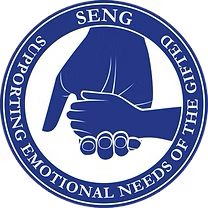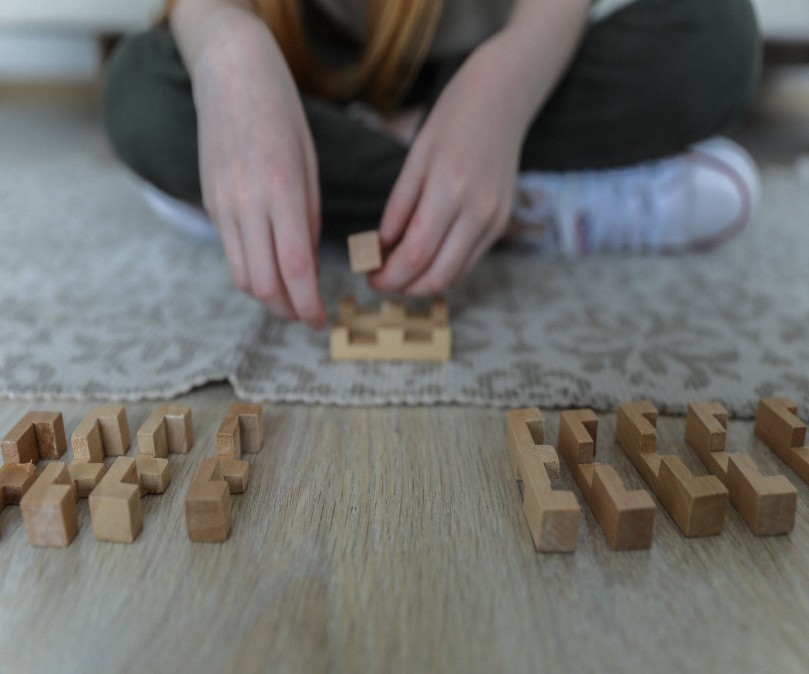Are people like Mozart, Picasso, and Edison the only ones who qualify as “creative geniuses?” In the past, people often associated the term with those who used their thinking skills to create game-changing outputs or ideas.
Today the definitions of creative genius and “creativity” itself have evolved into broader definitions. It’s not just about making outstanding paintings, poems, or fashion pieces. The process is also about tapping the brain’s creative components.
Everyone can achieve this goal through means like a creative school for customized learning. The goal is to become more creative, whether a person’s thought processes are generally more logical or artistic.
The Transformation of “Creativity”
The broad meaning of creativity has changed dramatically in recent decades. Today, fewer people perceive it as being simply a good painter or drawer. Instead, experts often see creativity as a process that involves both brain hemispheres rather than being purely “right-brained.” For example, a 2014 Penn State study found that creative people often had strong connections among particular brain networks(1).
These networks include the “default network,” which involves brain regions active during passive moments; people use it to recall past events or imagine future events(2).
The key is for everyone to learn how to boost their creative thinking. People can take practical steps to achieve this goal.
7 Ways to Unleash One’s Creativity
1. Allow the Mind to Wander
A person isn’t automatically unfocused if they daydream at school or work. Allowing the mind to wander enables brainstorming about a topic or solution. Studies sometimes include a creativity test called the alternative uses test (AUT), which asks participants to imagine new uses for everyday items. One study found groups that practiced mind-wandering during rest performed better than groups that completed demanding tasks(3).
2. Record Ideas Before Weighing Them
When brainstorming, don’t second-guess each idea before writing it down. Creative thinkers can sort out and evaluate ideas later.
3. Stay Self-Challenged
Keep pushing yourself to improve creative skills: try new things, take different approaches, and find unique solutions. Seek opportunities to exercise creativity through new tools and projects.
4. Practice Mindfulness
Mindfulness is being fully aware of what you’re doing and where you are. It counters being overwhelmed or reactive. While innate, mindfulness can be improved through techniques like meditation and breathing exercises, which help retrain the brain to live in the moment.
When boosting creativity, learn from the past and imagine purposeful futures, but focus on the present. Use peace, joy, and gratitude to produce at least one meaningful thing daily.
5. Self-reward for Having Curiosity
Don’t treat creativity as a luxury. Explore new topics when curious and become self-motivated. Reward curiosity to encourage further exploration and creative thinking.
6. Look at Art, Watch a Play, or Read a Novel
Engaging with the arts strengthens connections between brain hemispheres and can trigger creative thinking. Art and literature motivate exploration, analysis, synthesis, and critical thinking, and can stimulate spontaneous creative processes.
7. Limit Distractions
Remove distractors like videos and music to help the brain focus (for example, clean a desk or unplug devices). Limiting visual and auditory distractions can help focus. Research shows open-monitoring (OM) meditation can improve performance on AUT tasks and enhance divergent thinking(5)(6).
Final Thoughts
These basic practices can free the mind to think more creatively, helping people solve problems in unique ways and create the lives they want. Creativity isn’t abandoning logic; it’s exploring other brain pathways with an open mind. Even those without classical artistic skills can awaken their creative genius with the right tools and techniques.
References
- 1. Creativity and the default network — https://www.ncbi.nlm.nih.gov/pmc/articles/PMC4410786/
- 2. The brain’s default network — https://www.ncbi.nlm.nih.gov/pmc/articles/PMC3811106/
- 3. How mind-wandering may be good for you — https://greatergood.berkeley.edu/article/item/how_mind_wandering_may_be_good_for
- 4. The role of the visual arts in enhancing the learning process — https://www.ncbi.nlm.nih.gov/pmc/articles/PMC3274761/
- 5. Meditate to create — https://www.frontiersin.org/articles/10.3389/fpsyg.2012.00116/full
- 6. ibid. — https://www.frontiersin.org/articles/10.3389/fpsyg.2012.00116/full

